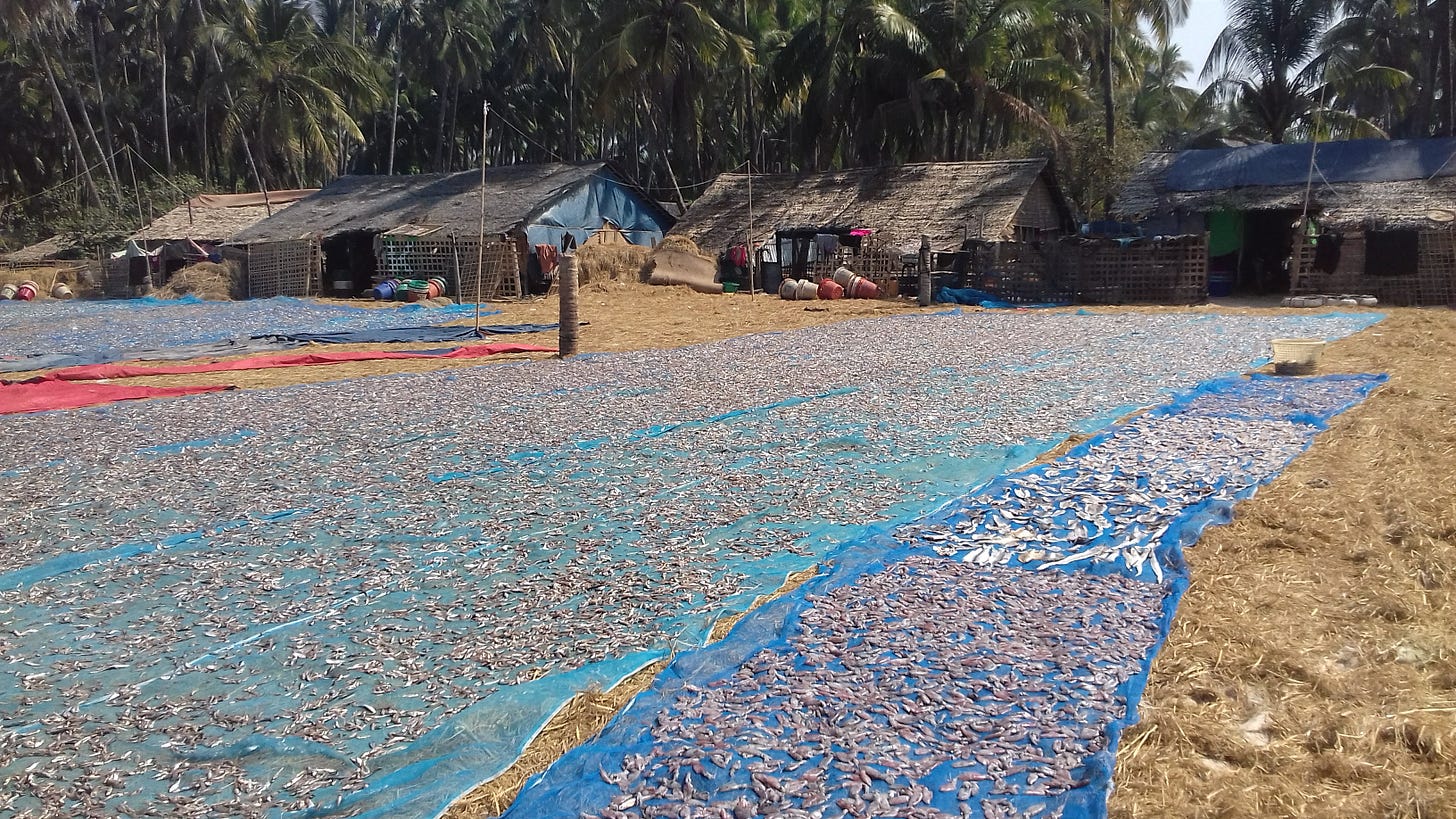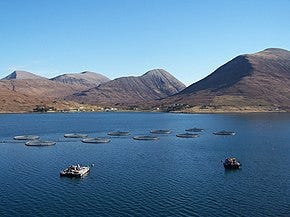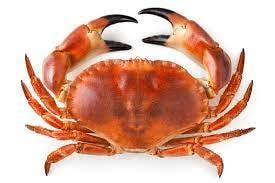Oysters are one of those foods that are even more Marmite than Marmite. (I’ve already dealt with anchovies. And celery. And beetroot. ) While champion tongue-twisting children know with glee that a noisy noise annoys a noisy oyster, some people feel their gorges rise simply on hearing the mollusc’s name while others swoon and roll their eyes. Me, I’m a swooner.
Love them or loathe them, oysters have an important role to play. They are the canaries of the fishing world. As soon as water quality wanes, oysters do. So even if you’re not prepared to eat them yet include fish in your diet, keep an eye on what’s going on with oysters to be confident in the quality of the fish you eat.
With the decline in the eating of animal meat, as opposed to meat composed of what animals themselves feed off - a pause here for the brief humming of Oobee doo, I wanna be like you - food agencies globally are promoting the increased consumption of fish even as that wide-ranging species in the wild is itself in decline.
For those who don’t already do it every week of the year, we’re now entering the month-and-a-bit stretch of Fish On Fridays otherwise known as Lent. It’s said that the reason behind Catholics’ Friday fish consumption is due not to honouring the day appointed to recognise Christ’s death with the renunciation of warm-blooded flesh, but instead to a medieval pope entering into a secret and impressively savvy promo agreement to prop up the fishing industry.
True or not, extending the eating of fish beyond Lent is to be encouraged. They’re high in omega-3s and all manner of nutrients from minerals to calcium yet low in cholesterol, and so much better for us and the environment than red meat. But we need to consider just what fish we elect to eat.
Fish farming is the world's fastest growing food-producing sector. Almost half of all fish consumed worldwide is farmed.
It’s a contentious business. There isn’t just the difference in firm texture between fish which have had the freedom to flex their muscles and those, packed into cruelly small cages, which haven’t. The irony is that to produce 1 kilo/2.2 lbs of farmed fish, you need 2.4 kilos/5¼ lbs of wild fish as feed, though not all of these are types consumed by humans.
Increasing information about fish farming brings increasing public concern about possible side effects. These are wide-ranging, from the impact on wild fish of escapes from offshore pens to the consequences of concentrated fish faeces beneath fish cages, and the use of antibiotics to keep fish with restricted mobility free of parasitic sea lice.
Science Direct has concluded nearly a third of marine ecoregions are at risk to some degree from the impact of fish escapes, with the spread of pathogens and parasites. The 2019 report from IntraFish, the world's leading source of news on global seafood, concluded that for Atlantic salmon alone there were more than 4 million escapes. 1,960,000 salmon and rainbow trout were registered as escaped between 2010-2018 from Norwegian fish farms. Over 10 million Chilean farmed salmon escape each year.
Organic farming of fish is being touted as a solution to preserving wild stocks while at the same time tamping down consumers' concerns over the safety of conventionally farmed fish. But there doesn’t seem to be much difference in the two methods of farming.
In Scotland, where lochs and rivers once teeming with wild salmon are now almost barren and where fish farms abound off the country’s west coast, a conventional salmon farming cage may contain up to 70,000 fish. An organic farming cage is allowed to hold as much as 30,000. Parasitic sea lice which definitely can’t tell the difference between the two are attracted to farmed fish with limited mobility of either type. Conventional or organic, feed and faeces fall through the cages to the ocean or river bed, polluting the waters.
But there may be a part solution to the feeding of farmed fish - the same one we’re applying to the replacement of animal meat. In France, IFREMER (the French Research Institute for Sea Exploitation) and INRA (the Agronomic Research National Institute) are researching into replacing raw sea materials like fish meal from wild fish and fish oil with raw plant materials.
The farming of crabs is still in the early development stage. Crabs are generally caught wild in baited crab pots. Here is an unusual hearty bisque.
Serves 4-6
450g/16oz white crabmeat, holding back 2 heaped tablespoons for decoration (optional)
1 medium courgette, finely chopped
¼ head of cabbage, finely shredded
¼ head of celery, finely chopped
3 carrots, peeled and finely diced
2 shallots, peeled and finely chopped
4 cloves garlic, peeled and finely chopped
1 large can tomato juice (750ml/1.5 pints approx)
250ml/8¼ fl oz fish stock
6 plum tomatoes
3 tablespoons olive oil (1 for soup, plus 1 for drizzling)
1 small wine glass of fruity white wine or dry sherry
Salt and freshly ground black pepper to taste
Preheat the oven to 190C/375F. Halve the tomatoes, place the cut side up in a lightly greased pan, drizzle with a little olive oil and roast till softened and beginning to lightly caramelize, about 35 minutes. When slightly cooled, chop into bite-sized pieces.
Heat remaining olive oil in a heavy bottomed pan over medium heat and add the courgette, carrots, cabbage and celery. Sauté them, stirring frequently, until they turn gold and soft, then lift them out with a slotted spoon and set aside.
Add the shallots and garlic to the pan, stir and sauté to soften. Add the crab meat and stew them all gently together for two minutes. Return the reserved vegetables to the pan.
Add the tomato juice and fish stock and the roasted tomatoes, stir and bring to a simmer. Then add the wine and return to a simmer. Adjust the seasoning and serve in warm bowls. If you’ve held back some crab meat, add it by the teaspoonful to each bowl. To turn it into a main course, serve it with a salad on the side and a crusty loaf to soak up the juices.
May be prepared ahead of time but save the wine to add only once you’ve warmed the bisque up again.








Great photos today- love the glee on your face. Sadly I had a rather contrary experience on a first date in Sydney many years ago!
Loved seeing your face again in oyster photo. The bisque sounds yummy. Can't wait to try it.